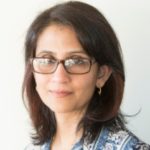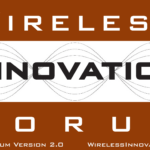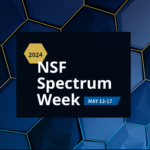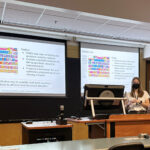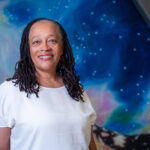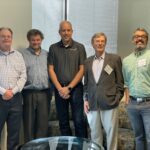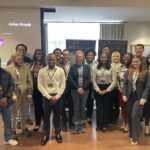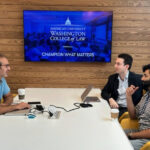Notre Dame and SpectrumX researchers’ new NSF grant to develop spectrum sharing testbed
Researchers at the University of Notre Dame have been awarded a three-year, $1.5 million, grant from the U.S. National Science Foundation (NSF) to develop a data platform to enable measurements and experiments in the electromagnetic spectrum. These measurements will contribute to academic and industry stakeholders’ research to drive spectrum sharing policy in existing bands, such as 3-4 GHz, as well as potential new bands, such as 7-8 GHz.
